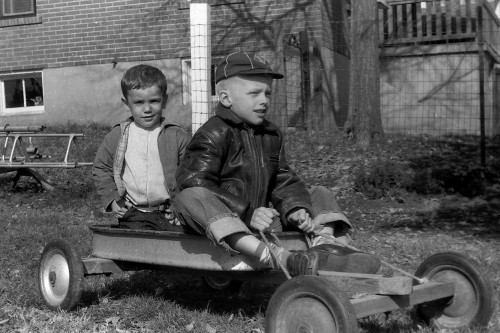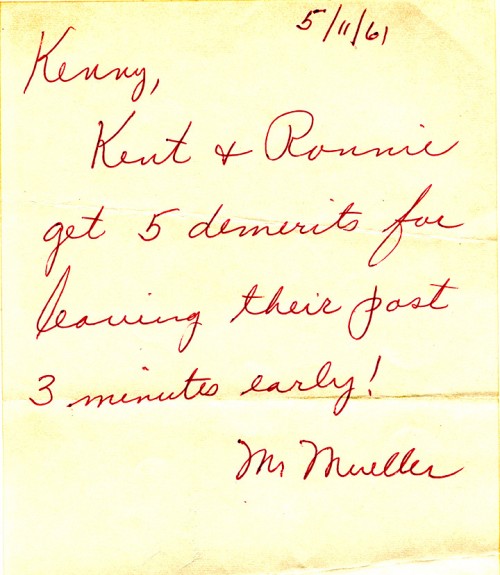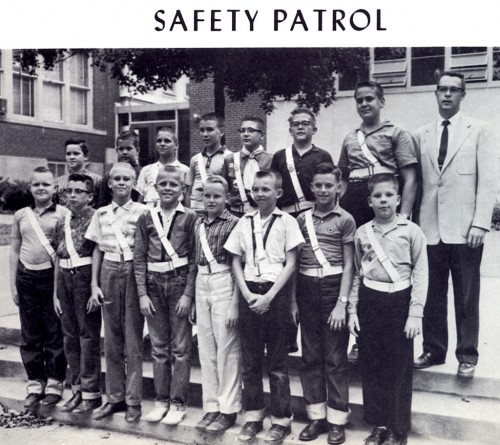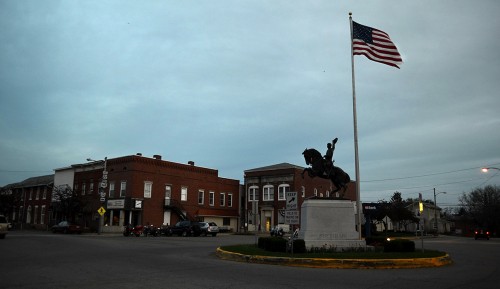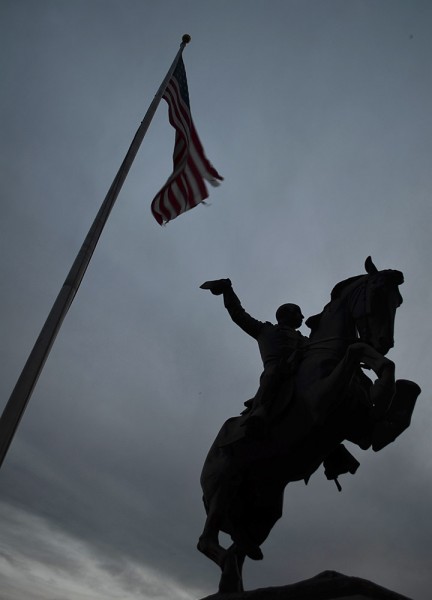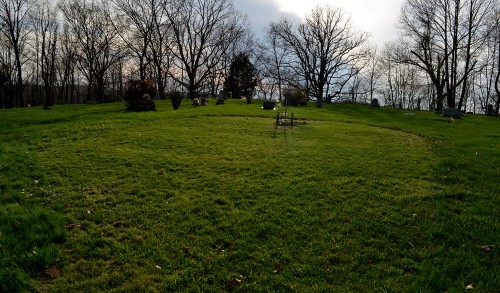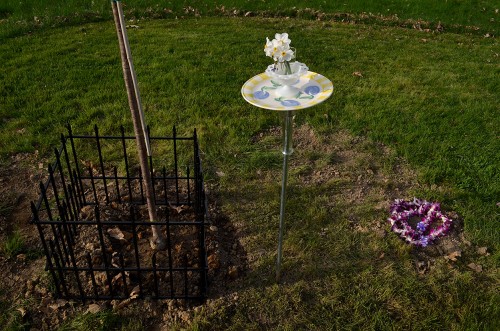Looking at this photo from Steve McKeown’s collection of his dad’s old family photos made me think of the red Radio Flyer wagon Brothers Mark and David and our buddies used to streak down Kingsway Drive.
Our wagon had a tongue which folded back so a rider could steer the wagon, unlike the rope contraption in the photo.
We trudged up the hill time after time for a 45-second ride down from in front of 1618 Kingsway Drive to the fishhook-shaped J-curve at the bottom.
A physics lesson
We discovered the elemental law of physics that heavy objects at the top of the hill have lots of potential energy that gradually bleeds off by the bottom.That was the advantage of loading up the wagon with brothers and buddies. It also meant you had people to help pull it back up to the launch site. The brothers, unfortunately, would frequently beg off, saying they were “too tired” to walk back up the hill, leaving us to pull them AND the wagon back. It was amazing how their tiredness went away when it was time for another run.
Too often, the blast to the bottom would be interrupted by the cry of “CAR!!!” that would result in the tongue being abruptly twisted in whatever direction would throw us off into a ditch for safety.
Check out the socks
This wasn’t a generation of white sock wearers. Looks like Mom must have bought his jeans with the idea that he’d grow into them, and until he did, then rolling up the cuffs would keep them from dragging in the dirt.
Looks like his shoes are holding up well. I had a lot of pairs that had been half-soled. Late in grade school days, I would nail “taps,” onto the heel. Ostensibly they were to keep your heels from wearing down, but the real reason for putting them on was to make a cool noise when you walked the hallways in school. They came in various sizes – from tiny to huge horseshoe-shaped ones that were suitable for clogging.
The coolness factor was negated if you happened to hit a slick patch of floor that would cause your legs to spread apart like a guy with one leg in the boat and one on the dock.

